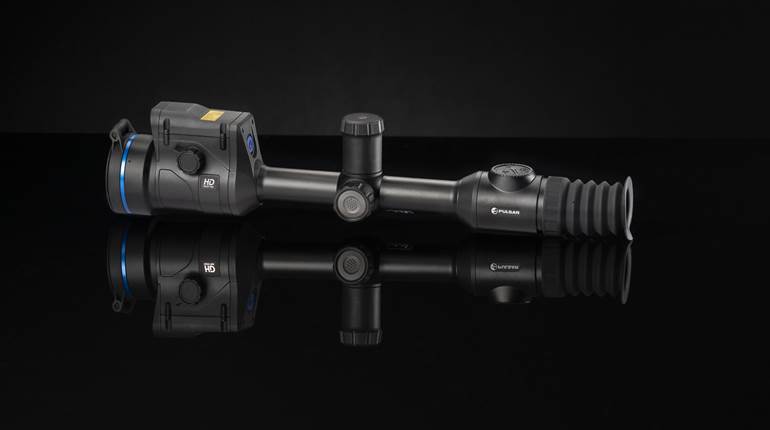
Continuing with my special series "Gun Business 101" on the fundamental nature of the firearms industry, we’ll examine how a gun is placed into commerce and the mechanisms by which it moves from the factory to you, the gun buyer. This progression is called the “distribution channel” and it’s a basic facet of any manufacturing-based industry, from wristwatches to wrenches.
There are two basic types of distribution channels that are often abbreviated as B2B and B2C. These stand for “business to business” and “business to consumer.” In a B2B channel, a factory sells its finished goods to another business, either a gun shop or a firearms distributor in the case of the shooting industry. In a B2C channel, a factory sells directly to the consumer.
Because firearms manufacturers can only sell a gun to a federally licensed entity, which can be a retailer, a wholesaler or an individual, there is a very small B2C distribution channel in the shooting industry; however, it does exist.
For example, I recently blogged about a rifle I ordered from Mel Forbes at the New Ultra-Light Arms. That was a transaction through a B2C channel. I had to supply a federal firearms license (FFL) to enable the transfer, but that was easily done through a local FFL holder in my hometown in Nevada.
A much more representative example of how distribution channels work in the gun business is found in any gun shop. The retailer obtain firearms through a B2B channel, which could have been arranged directly with the factory or through a wholesaler.
A wholesaler is usually referred to as a distributor in the firearms industry, but that term gets confusing when we’re taking about distribution in a generic sense, so I’ll refer to these businesses as wholesalers even though they refer to themselves as distributors.
A wholesaler buys large volumes of product from every niche of the industry—guns, holsters, optics, accessories, ammunition, everything you would ever find in a gun shop—and resells the products to retailers. Because the product moves in two steps from the manufacturer to the consumer, first to a wholesaler and then to a retailer, this is known as “two-step” distribution.
If a factory sells directly to a retailer, this is referred to in the gun business as “dealer-direct” distribution. Two companies that rely on dealer-direct distribution are Benelli and Kimber. Two that choose two-step distribution are Ruger and SIG. It’s also possible for a factory to distribute its products through both channels with a sales program for dealer-direct business and another one for two-step customers.
There is a third type of B2B distribution in the gun business which can best be described as ahybrid between the two traditional channels of dealer-direct and two-step. This is what’s known as a “buying syndicate” or “buying group.” These are co-ops in which a number of retailers band together as members of an organization to create the same buying power of a wholesaler, thereby obtaining a better price for the members of the syndicate. There are three major buying groups in the gun business: Nation’s Best Sports (NBS), Worldwide and Sports Inc.
Is one type of distribution channel better than another? Not necessarily, but I’ll explain the differences in my next installment of this special blog series, “Gun Business 101.”




































